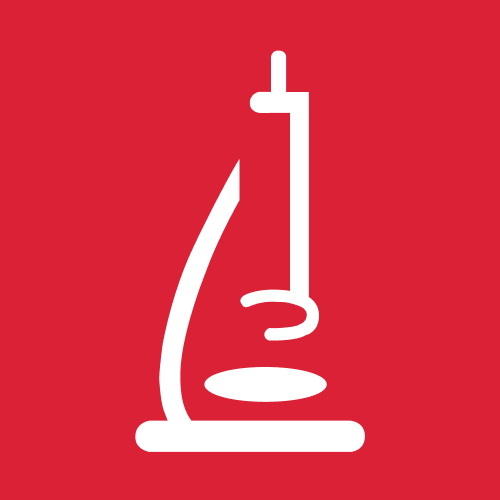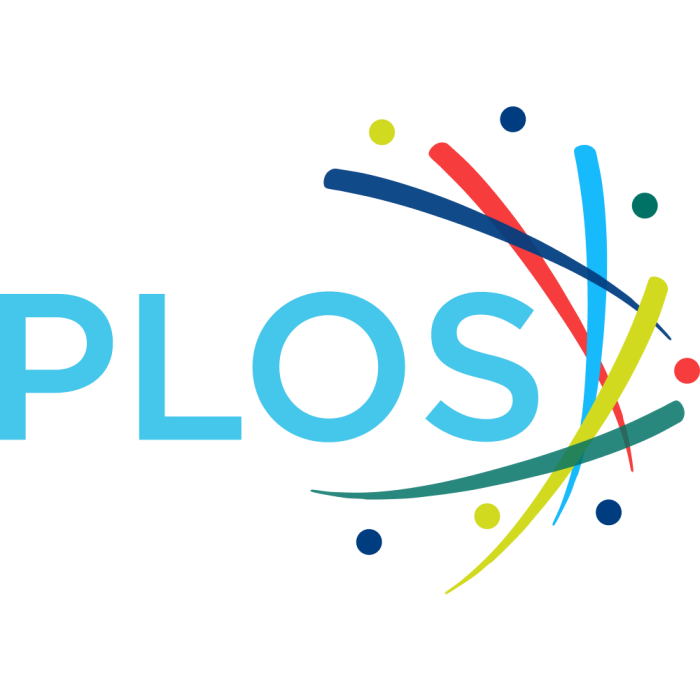Methods in Microbiology, pages 3-26
Microbiology of the Built Environment in Spacecraft Used for Human Flight
Jiseon Yang
1
,
Starla G. Thornhill
2
,
Jennifer Barrila
1
,
Cheryl A. Nickerson
1
,
Charlie Mark Ott
3
,
ROBERT J. C. McLEAN
2
3
Biomedical Research and Environmental Sciences Division, NASA Johnson Space Center, Houston, TX, United States
|
Publication type: Book Chapter
Publication date: 2018-08-31
Abstract
Spacecraft, associated with human spaceflight, is one of the more unusual microbial environments. In contrast to other terrestrial environments, microorganisms within spacecraft are completely isolated from the rest of the biosphere and experience greatly reduced gravity (microgravity) and increased exposure to solar radiation. Microorganisms are introduced to this environment primarily through the microbiomes associated with spacecrew, as well as small numbers of microorganisms inadvertently introduced with supplies and equipment. In short-term studies (< 96 h) conducted during spaceflight, microgravity has been shown to influence the physiology and gene expression of several microorganisms. These studies can be modelled and extended on Earth using modelled microgravity (MMG) devices. Initial MMG studies, using microbial evolution approaches, show the potential for some microorganisms to develop altered phenotypes in response to microgravity, which in some instances persist during their return to full gravity (1 g) conditions. Extended space missions beyond low Earth orbit must consider microbial changes to virulence and antibiotic susceptibility in the context of microgravity-induced changes in the immune responses of spacecrew. As well microbial interactions with structural materials and life support functions must also be considered. In this chapter, we review current literature, focusing on studies conducted with the International Space Station.
Nothing found, try to update filter.
Are you a researcher?
Create a profile to get free access to personal recommendations for colleagues and new articles.










